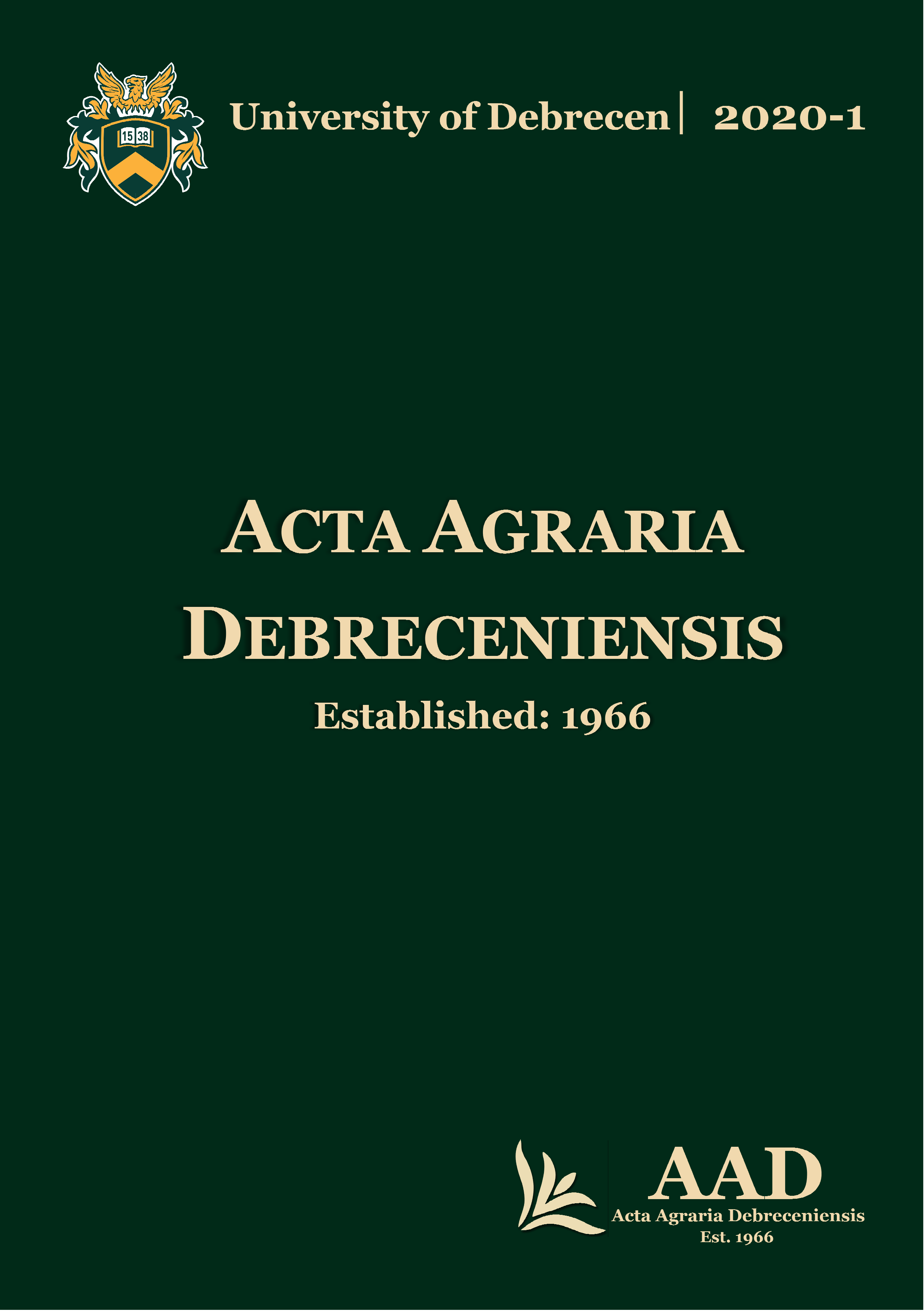Heat-No-Service: Reproductive lifetime performance of gilts inseminated on first versus second observed estrus in commercial piglet producing herds
Authors
View
Keywords
How To Cite
Accepted 2020-02-17
Published 2020-05-20
Abstract
Heat No Service (HNS) is an increasing managerial decision made in commercial piglet producing herds. Performance of gilts has been shown to be influenced by initial decisions made on them at their introduction in the breeding herds. Lifetime Reproductive performance comprising of parity total born piglets and lifetime total born piglets of gilts initially bred on first observed estrus (0HNS) was compared with that of gilts bred on second observed estrus (1HNS). Stored data from Porcitec database consisted of 2.072 gilts bred on first observed estrus (0HNS) and 2.453 gilts bred on second observed estrus (1HNS) totaling to 4.525 gilts. Data was statistically analyzed using the GLM procedure of IBM SPSS version 25. The results showed a significance difference (p<0.001) in lifetime total born performance of gilts bred at 0HNS (mean 93.9) and 1HNS (mean 95.7). There was also a significant difference (p<0.001) of total born piglets in parity 1, 5 and 6 in the 2 groups. There was an observed increased parity total born and lifetime total born when first time insemination of gilts was delayed to second estrus. The findings in this study favor the 1HNS breeding with an overall increased lifetime total born. Gilts inseminated at 1HNS produce 1.57 more pigs for lifetime as compared with those inseminated at 0HNS when observation is made up to P6. Producers in piglet producing herds could re examine their decisions for increased productivity by promoting many gilts into 1HNS but still maintaining the balance between breed targets and production schedules to remain competitive and profitable in the current global swine industry.

 https://doi.org/10.34101/actaagrar/1/3731
https://doi.org/10.34101/actaagrar/1/3731